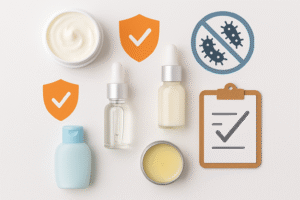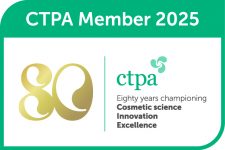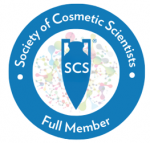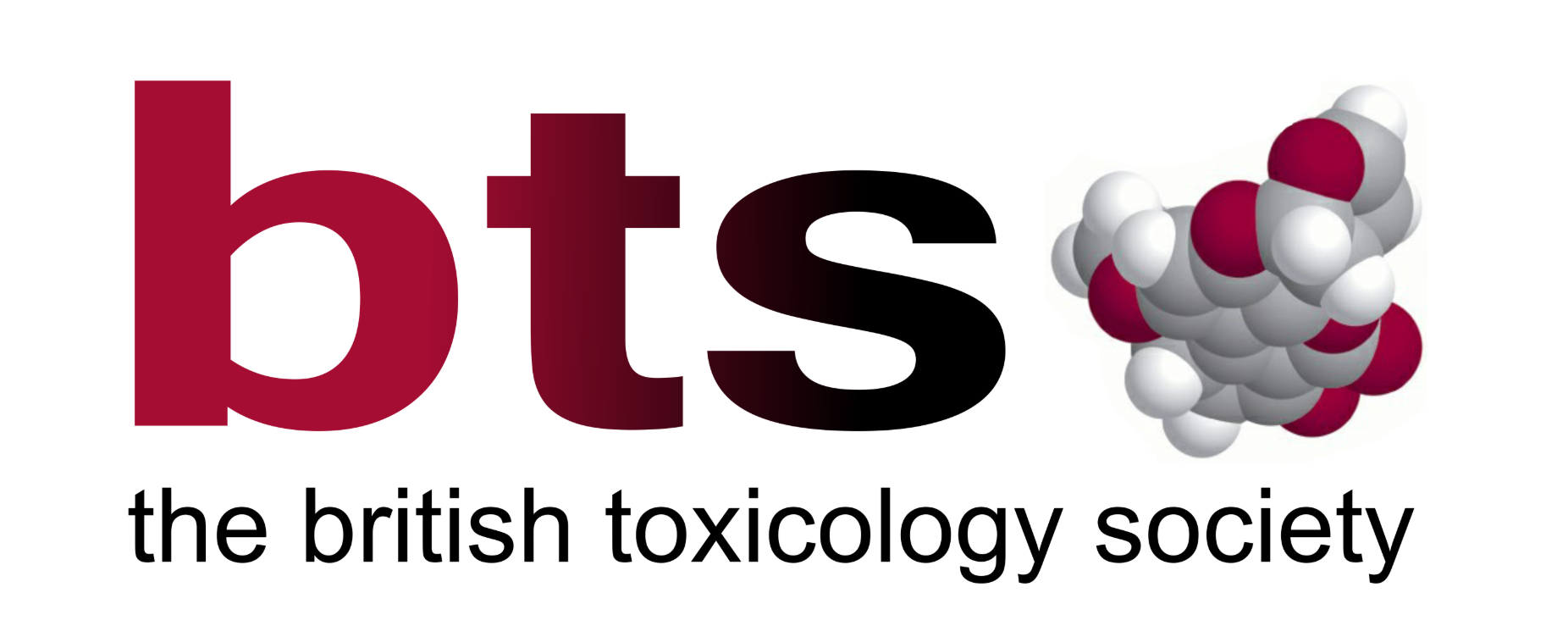Keeping Cosmetics Safe: What You Need to Know About the Latest Microbial Quality Guidance

There’s been an update to the guidance around managing microbial quality in cosmetic products—and it’s an important one. If you’ve been following my previous posts (Part 1 & Part 2), you’ll know this is a big topic, and this new guidance adds another layer of care, especially when products are used by more vulnerable people or on sensitive areas of the body.
Who’s Considered High-Risk?
The updated guidance highlights two groups that need extra attention:
- Children under 3 years old
- Consumers in clinical settings
And three body areas that are considered more sensitive:
- Around the eyes
- Mucous membranes
- Damaged or compromised skin
What Does This Mean for You?
If your products are used by these groups or on these areas, you’ll need to be extra sure they’re safe from microbial contamination. That means tighter controls and lower limits for microbial counts.
Here’s a quick comparison of the limits:
- Standard products:
- Bacteria: <1000 cfu/g
- Yeasts & moulds: <100 cfu/g
- High-risk products (used on eyes, mucous membranes, damaged skin, or infants):
- Bacteria: <100 cfu/g
- Yeasts & moulds: <10 cfu/g
Also, certain harmful microbes must be completely absent—like Staphylococcus aureus, Pseudomonas aeruginosa, E. coli, Candida albicans, and Burkholderia cepacia (especially in water-based products).
How to Keep Microbes Out
To prevent contamination, manufacturers should follow Good Manufacturing Practice (GMP), maintain hygiene controls, and check raw materials. Finished products should be tested for microbial counts, and preservatives or protective ingredients (like alcohol, glycerin, chelating agents, or extreme pH) can help limit microbial growth.
For products that contain water, a challenge test (Preservative Efficacy Test) is usually needed. But if your product is anhydrous (no water), it’s generally low-risk and may not need this test.
What’s New?
Even for anhydrous products, if they’re going to be used by high-risk populations, the guidance now recommends a water activity test. This test checks whether there’s enough “available” water for microbes to grow—even if the product doesn’t contain water in the usual sense.
So going forward, I’ll be asking for a water activity test when you request products for these groups. And if you’re already selling to them, it’s a good idea to arrange this test to make sure your products are as safe as possible.
What Should You Do if Water Activity Is High?
If your water activity test shows a value below 0.7, that’s great—microbial growth is extremely unlikely. But what if the result is above 0.7? That means there’s free, available water in the product, and microbes could thrive.
Here are a few things to check:
- Manufacturing process: Was water introduced during production? Review your systems and GMP.
- Raw materials: Could any ingredient contain undeclared water or have absorbed moisture? For example, honey can sometimes be adulterated with water or pick up moisture from the air.
- Storage conditions: If raw materials or finished products were stored in humid environments, they might have absorbed water.
- Packaging: Make sure your packaging is robust and prevents moisture from getting in.
If you find the source, take steps to correct it—whether that’s improving storage, tightening GMP, or switching to better packaging. Keeping water activity low is key to ensuring your product stays safe
Let me know if you have any questions or need help arranging a test
About the Author

Geraldine Garrs is a member of the Royal Society of Chemistry, CTPA, British Toxicology Society and the Society of Cosmetic Scientists. Geraldine is an independent Cosmetic Safety Assessor and Chartered Chemist with over nine years of experience helping more than 700 brands ensure their cosmetic products are safe and compliant. She specialises in preparing Cosmetic Product Safety Reports (CPSRs) for UK and EU. Geraldine is passionate about supporting small cosmetic businesses and simplifying complex regulations. Learn more at www.generalcosmeticsafety.co.uk
Get in Touch
If you’d like to discuss any of your products or ranges, please use the contact form here.
Qualifications: CChem (Royal Society of Chemistry). MSc (Distinction), University of Strathclyde, BSc (Hons) Chemistry, University of Nottingham and Certificate – Safety Assessment of Cosmetics in the EU, Vrije University Brussels





